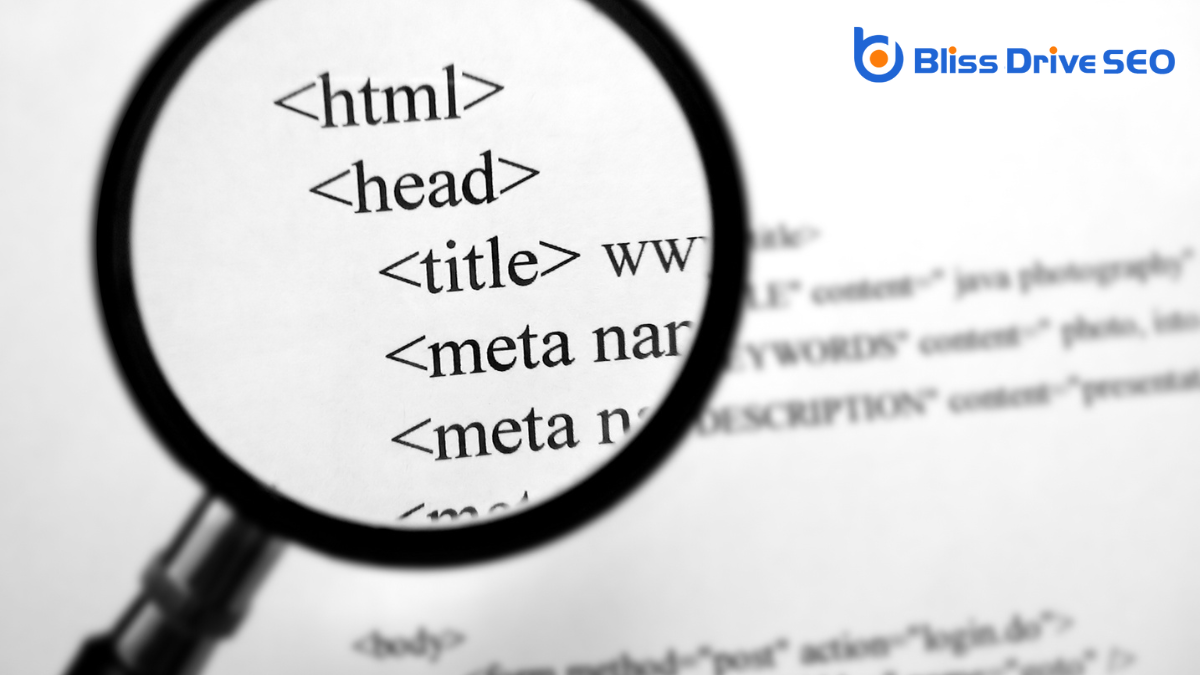Digital Marketing Services
Learn More About Us

When you're designing web forms, have you ever wondered how to make them more user-friendly and accessible? The label tag in HTML plays an essential role in this process. By linking labels to input fields, you not only enhance the user experience but also support assistive technologies, ensuring that everyone can interact with your forms effectively. But how exactly does this simple tag contribute to a seamless form interaction, and are there any best practices you should follow? Let's explore how mastering the label tag can transform your web forms into models of clarity and efficiency.
The label tag in HTML acts as an essential bridge between form elements and users, enhancing accessibility and usability. When you're creating a form, the label tag is significant because it clearly associates text with a specific input element, like a checkbox or text field. This association helps users understand what information they need to provide. By clicking on a label, users can easily focus on the related input field, streamlining the form-filling process.
To use the label tag effectively, you should always pair it with an input element. Use the "for" attribute within the label tag to specify which input it corresponds to by matching it with the input's "id" attribute. This guarantees that browsers and assistive technologies can identify the relationship between the label and the input, enhancing the user experience.
In addition to improving user interaction, the label tag also plays a role in search engine optimization by making your form elements more structured and understandable.

Building on the understanding of the label tag, enhancing form accessibility involves more than just associating labels with inputs. It's about making certain everyone, including those using assistive technologies, can interact with your forms efficiently. When you connect a label with its corresponding input, you're making it easier for screen readers to relay information to users who rely on them. This connection improves the accessibility of your forms, allowing users to know exactly what information is required in each field.
To enhance accessibility, always use the 'for' attribute in your label tags to explicitly link them to the relevant input fields by their 'id.' This explicit association guarantees clarity for assistive technologies.
Additionally, consider the visual layout of your form. Make certain labels are close to their respective inputs, reducing confusion for users with cognitive impairments.
Consistency is key. Use uniform styling and positioning for labels throughout your form. This reduces cognitive load and helps users navigate more intuitively.
Finally, don't forget about placeholder text. While useful, it shouldn't replace labels, as placeholders can disappear once users start typing, leaving them uncertain about the required input. Prioritize a thorough approach for a truly inclusive form experience.
Boost the user experience by focusing on intuitive design and functionality. When you use the label tag in HTML, you're creating a more interactive and engaging web environment. Labels make forms more intuitive by clearly indicating what each input field is for, reducing confusion for users. This clarity allows users to navigate forms faster and more efficiently, improving their overall experience on your site.
Labels also enhance the visual organization of your forms. By neatly aligning them with their respective inputs, you provide a clean and structured appearance, making it easier for users to process information. This organized layout contributes to a smoother interaction, encouraging users to complete forms without frustration.
Moreover, using label tags can improve accessibility features like screen readers, which can read the labels aloud, helping users understand what information is required. This not only benefits users with disabilities but enhances everyone's experience by ensuring that your website is inclusive and user-friendly.
Incorporating label tags thoughtfully into your HTML forms shows that you care about the details of user experience. It's about making every interaction as seamless as possible, ensuring users feel comfortable and supported throughout their journey on your site.
When you associate labels with inputs, you enhance accessibility, making forms easier for everyone to use, including those with screen readers.
This practice also improves user interaction by clearly indicating which label corresponds to which input field, reducing confusion.
Enhancing form accessibility is essential for creating inclusive web experiences. When you properly associate labels with inputs, you're making a significant impact on how users, especially those with disabilities, interact with your forms.
Labels act as guides, providing context and clarity. By using the '
Here's why associating labels with inputs matters:
To improve user interaction with your forms, consider the essential step of associating labels with inputs. When you link a label to its corresponding input element, users can click the label to focus on the input field. This seemingly small interaction enhances usability, especially for users who rely on assistive technologies or have mobility challenges.
By clicking the label, users can effortlessly activate the input field, streamlining their form-filling experience.
To achieve this, use the 'for' attribute in your '
Moreover, associating labels with inputs can reduce user errors. When users know exactly which label corresponds to which input, they're less likely to enter information in the wrong field.
This clarity can leadA potential customer referred by an affiliate who has shown interest in the product or service but h... to higher accuracy in form submissions, saving time and reducing frustration for both you and your users.

When you use labels correctly in HTML, you make your forms more accessible to everyone, including those using screen readers.
It's essential to associate labels with their respective inputs to guarantee users can easily interact with your form.
Labels play an essential role in web accessibility, ensuring that all users, including those with disabilities, can navigate and interact with web content effectively. When you use labels correctly, you make your website more inclusive, allowing screen readers to communicate crucial information about form elements to users who rely on assistive technologies. This small effort can greatly enhance the user experience for those with visual impairments or cognitive challenges.
Consider these benefits of using labels for accessibility:
Embrace labels for a more accessible and welcoming web experience!
Building on the accessibility benefits of labels, let's focus on how to associate them correctly to maximize their effectiveness.
When you properly link a label to an input element, you're making your web forms more accessible, efficient, and user-friendly. To do this, guarantee that each '
Using the 'for' attribute involves setting this attribute to the same value as the 'id' of the input element. For example, '
Alternatively, you can nest the input element inside the '
In relation to enhancing web accessibility and user experience, the label tag plays an essential role in SEO benefits. When you use label tags correctly, you're not just helping users; you're also signaling to search engines that your site is user-friendly and accessible. This can positively impact your SEO efforts, making your site more visible to potential visitors.
Here's why label tags are important for SEO:
To sum up, you'll find that the label tag in HTML is invaluable for enhancing the accessibility and usability of web forms. By associating labels with input fields using the "for" attribute, you make it easier for users, including those relying on screen readers, to understand and fill out forms efficiently. Remember to follow best practices for label usage, as it not only improves user experience but can also provide SEO benefits, making your web forms more effective overall.
